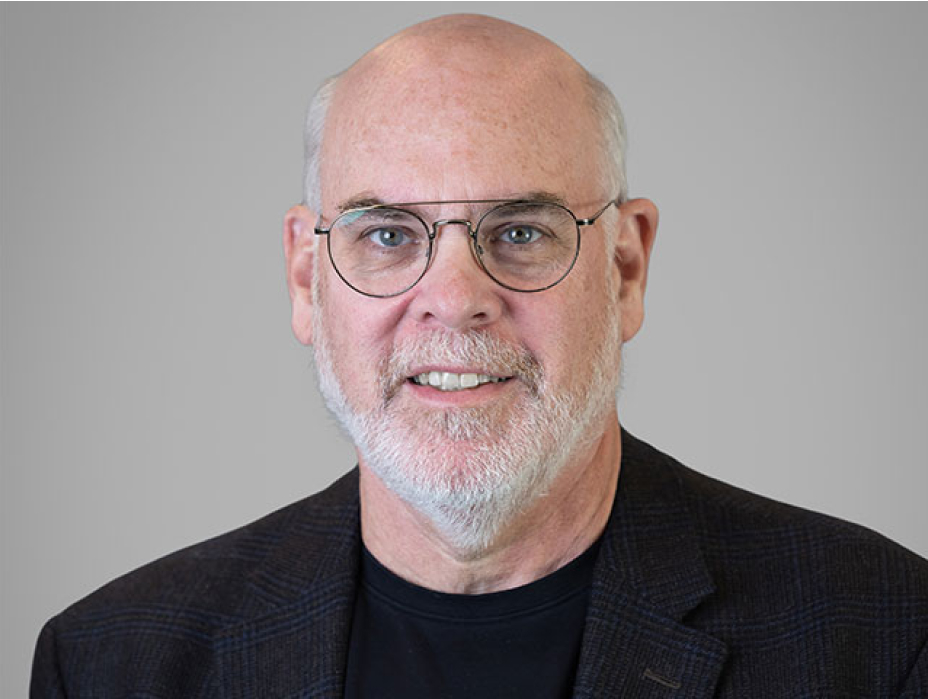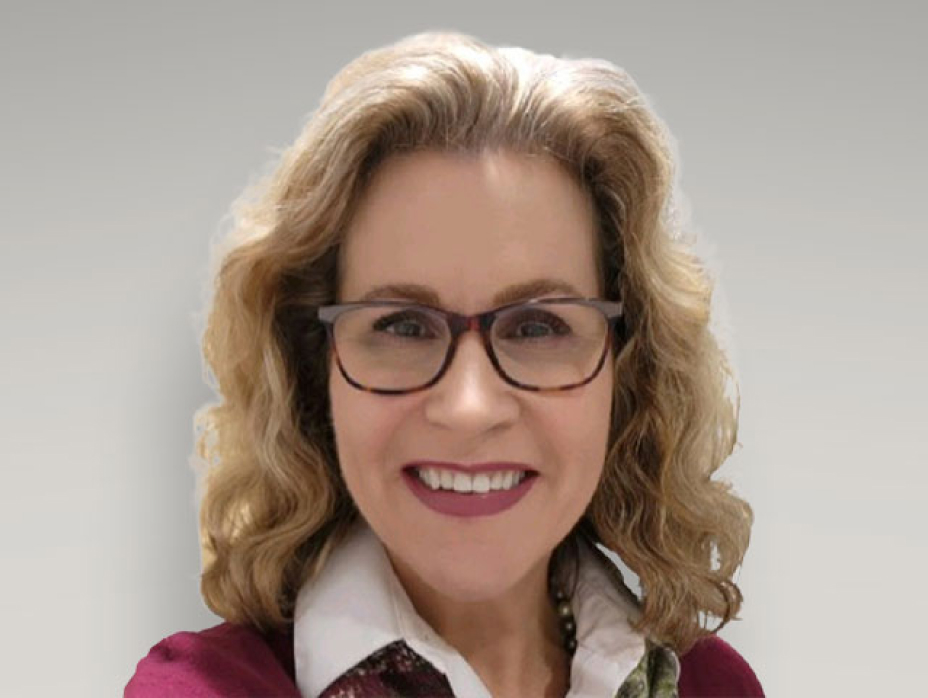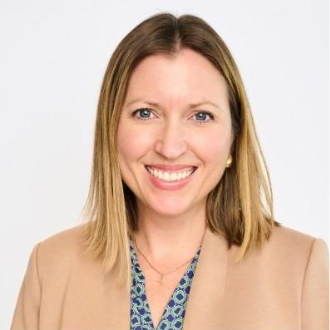Director of Strategic Innovation Wendi Bukowitz discusses why upskilling internal associates is the most direct path to lasting transformation for companies
Most insurance carriers facing digital transformation challenges turn to outside consultants. It’s a natural impulse for companies across most industries striving to do more than keep pace with the breakneck speed of technological change, particularly when it comes to figuring out how to practically incorporate these changes into their operations.
Over the past year, The Cincinnati Insurance Companies has taken a decidedly different path. They’ve decided to build innovation capabilities from the ground up using their own people.
It’s a unique bet. Associates who’ve never used human-centered design or lean startup methodologies take longer to solve problems than seasoned experts. Solutions that might take consultants weeks can stretch into months when you’re teaching people on the job.
But Wendi Bukowitz, director of Strategic Innovation at Cincinnati Insurance, is playing a longer game.
The tech-focused insurance industry veteran’s Strategic Innovation Group is charged with moving ahead in giant leaps through innovation. But Bukowitz has devised a program that eschews importing outside expertise.
Instead, the associates cycling through her innovation programs — offline two days a week for five months at a time — aren’t just solving today’s business challenges, but tomorrow’s as well. The future-focused plan is to build tomorrow’s insurance leaders by equipping them with a mindset and toolkit that will help to improve how the carrier operates.
Bukowitz brings a seasoned perspective to this challenge. Before joining Cincinnati in 2019, she led the Innovation Lab at Munich Re’s US P&C Operations. The role sharpened her views into how reinsurers and primary carriers approach innovation differently.
At Cincinnati, she’s since crafted a dual approach: “Everyday Innovation” for problems that are new to the company but not the insurance industry; and “Breakthrough Innovation” for challenges no one has fully solved yet.
What makes Cincinnati’s “innovation work” particularly notable is what Bukowitz says is an unwavering commitment to the independent agent channel. Not just as a distribution strategy, but also as the foundation for every solution the company designs.
With nearly $10 billion in premium flowing through just 2,500 to 3,000 agent relationships (compared to competitors with 10,000 to 15,000, she notes), Cincinnati has made a definite choice to be a critical business partner rather than just another market option.
That choice shapes everything. As Bukowitz explains, the innovation team’s “swim lane” focuses exclusively on opportunities where success requires understanding agents and insureds behaviors and providing solutions that they want to work with — the hardest type of innovation to execute because the company doesn’t control those behaviors, Bukowitz notes.
In this conversation with The Insurance Lead, Bukowitz details how Cincinnati maintains its local service model in an increasingly larger and more digital world, why freeing up underwriters from data entry is actually about strengthening relationships, and what it really takes to build an innovation culture that lasts beyond any single initiative or leader.
The Insurance Lead: In the past, you have said that innovation at Cincinnati Insurance always starts with delivering value to customers first. How do you operationalize this philosophy when evaluating potential innovation projects? What frameworks do you use to ensure customer value remains the north star?
Wendi Bukowitz: When I joined the company in 2019, one of the first things we did was create our swim lane. My boss, who’s the chief risk and strategy officer, emphasized that she wanted us to start with innovation in the core of the business, not moonshot, disruptive, breakthrough kind of things. I entirely agreed with this approach.
We call this focus “Everyday Innovation” — innovation that is new to us but not necessarily new to the industry. We also decided to steer clear of internal process innovation initially. Part of our reasoning for this had to do with my being an “outsider.” From this position, it’s hard to approach people who have all this expertise and say, “I know better than you.” That is a complete non-starter.
So we said our swim lane is going to be “opportunities and challenges” where, for us to be successful, we need our agents and insureds to want to work with an innovative new product or way of operating in a consistent and sustained fashion. And we don’t control how agents or insureds operate or what is important to them. Our agents are independent agents. If they don’t like our products or services or the way that we’re bringing them to the market, they can go to other markets. And insureds can take their business anywhere as well.
Our approach is a blend of human-centered design and lean startup — build, test, learn loops in quick succession. Everything we do focuses on those opportunities and challenges that require us to deeply understand not only our problems but those of our agents and our insureds. We want to understand the totality of the agency’s operations so that we understand the problems that they experience. The problem we want to solve is not the problem our agent wants to solve, and it’s not the problem the insured wants to solve. We all view and understand the problem differently. If we don’t understand that problem space from all perspectives, it’s unlikely that our solution will hit the mark.
Given Cincinnati’s deep roots in the independent agent model and local service delivery, what unique innovation challenges does this create that other carriers might not face? And conversely, what innovation opportunities does this positioning unlock?
Cincinnati exclusively distributes through independent agents. That is our only path to the market. But we also have a limited appointment strategy. When you look at our nearly $10 billion in premium, it’s going through about 2,500 to 3,000 relationships, while our nearest competitor has 10,000 to 15,000. This is a very specific strategic choice we’ve made to be a very important business partner to our distribution channel partners.
The challenge is that we are one piece of their puzzle, and we have to fit with the other pieces of their puzzle. We may think we can bring a great solution into the market — and our agents are going to love it — but we’re one of 20 or more carrier partners that are offering a solution, and ours is designed this way and theirs are designed that way, and it gets too complicated for agents.
But there are unique opportunities. By understanding more of the diversification of our agencies’ operations, we might find other opportunities to bring our solutions into other spaces in their operations.
For example, many of our agencies work with wealth managers or have a wealth management unit themselves. Understanding this, we’ve been able to explore whether we can bring personal lines products to the wealth managers they work with for an umbrella product.
This opens up more possibilities for us because we have this diversified operation ourselves.
Also, whereas previously we might not have directly touched our agents’ clients except for a claim or a risk management visit, now there’s increasing demand by our agents for us to deliver services on their behalf. Over the last six years, we have been developing ways to directly interact with the insured on our agent’s behalf, delivering more of a turnkey approach if we want to offer a service alongside a product or even a product itself, while still adhering to our agent-centric model.
What’s your approach to balancing the “giant leaps ahead” that your Strategic Innovation Group is tasked with versus the incremental improvements that keep the business running day-to-day?
We have both Everyday and Breakthrough innovation. For Everyday innovation, we have an internal business partner who brings the problem to us — we pursue what we call a dual mission. Our goals are to solve a real business problem and give our associates an opportunity to learn about innovation by doing it.
Our Everyday Innovation ventures have both a business sponsor and an executive sponsor, which makes us accountable to the business, and if we are successful, then there’s a path to eventually getting to production. The second thing we do is use our own associates to do this work. We upskill our associates by taking them offline two days a week for five months and supporting them with innovation trainers and coaches.
For Breakthrough innovation, which is new to the industry, we partner with venture build studios. These are organizations that know how to build new ventures. We do this because we want to move faster than we can if we ask our associates to do the work. Unlike our associates who are having to learn and do, venture build studios do the work for us.
I don’t think of Breakthrough innovation as moonshots. A moonshot is Amazon becoming a cloud provider. For our Breakthrough innovation, we don’t see anyone in the industry who has completely figured this out. We know it’s a hard problem to solve, but we don’t know if it’s because the technology isn’t there yet, or if it’s an economic viability problem — the technology is there, but you can’t make the economics work.
A lot of our Breakthrough work depends upon how quickly we can validate or invalidate where we are on those dimensions. What’s interesting is that what we thought was Breakthrough innovation three years ago, maybe our skillset and competence have grown so that we would say, “Now if we had to solve a similar problem, it would be Everyday innovation.”
Just about everyone emphasizes that insurance is at its core always and forever a “relationship business.” With that core in mind, how can the industry innovate in ways that enhance rather than disrupt these critical relationships, especially when introducing new technologies?
I think this has a lot more to do with the way all of our companies in the insurance value chain operate. When I entered the industry through a reinsurer 10 years ago, I was shocked by how much time and effort people took to essentially manually move information around, even though it was in a digital format.
I saw estimates when I joined Cincinnati that underwriters spent half of their time keying and re-keying information. That statistic has improved today, but we still have great efficiency opportunity.
This is where internal process transformation matters—the transformation of the way we operate such that people will have more time to spend on advisory work, which is the value-added component. For example, risk management is a huge partnership for our agents, us, and insureds to engage in risk management practices. It’s one of the few ways that we can all collectively manage exposures so that we can keep private insurance in reach.
The solutions generally rely on technology, but the practice of using them and extracting value from them is entirely dependent on human behavior, which is relationship-driven. We’re going to see people freed up to sit and think and interact and understand—truly understand the problems that we’re trying to solve. More time for our underwriters to determine the best terms and conditions for a product, or for agents to think about whether our product is the best product for their client.
Today, that ability to spend time deeply thinking about the problem —we don’t have as much of it because of the way information comes to us and the way we need to move it around. I think for agents, carriers, even insureds, we’ll be able to spend more time making sure that we understand the problem we’re trying to solve and that the solution we’re putting forward is a good fit for that problem.
Many carriers rely heavily on outside consultants to drive their innovation initiatives. As I understand it, Cincinnati takes a different approach, preferring to work with “strategic advisors.” How does this philosophy influence your innovation process, and what advantages do you see in keeping innovation expertise closer to home?
As we talked about earlier, we decided for Everyday innovation to pursue what we call a dual mission. We’re going to work on problems that always have a business sponsor and an executive sponsor, but we’re also going to use our own associates to do this work and upskill them in how to use innovation methodology and tools.
We take associates offline two days a week for five months and support them with innovation trainers and coaches. The innovation trainers and coaches present the methodology we’re using, the tools we’re using, and then coach them as they actually use them. I tell our associates it’s like innovation graduate school. You learn the concept and then you go use it. You’re learning it and applying it simultaneously.
What’s the trade-off we make? This is the first time our associates are exposed to these concepts, which are different from the way they do their day jobs. So are they excellent at it the first time? Sometimes not. Sometimes it’s just adequate. This means that solving the problem is slower.
But this is the long game for creating an innovation culture. These associates who come offline are often seven to 10 years into their careers, sometimes longer. For the ones who are seven to 10 years into a career, the long game is that these are often the most committed, learning-oriented associates we have.
The thing about working on an innovation venture is that associates get exposure across the whole enterprise. For example, an associate may work in commercial lines, but they may come offline to work on a life insurance venture and get exposed to parts of our company that they would not normally be exposed to.
Using our own associates and having sustained that approach for six and a half years has been pretty remarkable. I’ve been gratified that it’s succeeded at our company because it’s actually a very hard thing to do.












